Japan's micro sports cars – Honda and Daihatsu kei cars driven

When the American style of christening storms came to Britain a few years ago, it was inevitable that some wag in the Met Office would find a way to undermine the whole concept with an underwhelming name to snigger about.
Storm Brian was the result. It's a fine English name but perhaps lacking the gravitas of many of those coined overseas. "In terms of impact, we've had spray overtopping quaysides," someone from the Environment Agency told the BBC of Brian's pummelling of Cornwall. Top marks for not trying, Brian.
While Brian was doing his thing on the other side of the world, Typhoon Lan – now there's a name – was homing in on southern Japan, bringing with it 140mph winds and a storm that made photographer Stan Papior wish he'd invested in a waterproof camera and jacket.
Look really closely at some of his pictures here and you still won't see Mount Fuji, the enormous, awe-inspiring backdrop we'd planned to use to celebrate one of the Japan's most wondrous automotive creations: the kei sports car. Where's Brian when you need him?
There are only two kei sports cars in production at time of writing – the Honda S660 and the Daihatsu Copen – and we have an example of each with us. Like all kei cars, they are built to strictly controlled dimensions – so no longer than 3400mm and no wider than 1480mm. No kei car can have an engine bigger than 660cc, nor one more powerful than 63bhp. Most end up at those extremes; anything smaller would surely be blown away by Lan, and even Brian might have something to say.
In truth, the only extreme thing about these cars is just how small they are. As we set out from Tokyo in them, a Jaguar F-Type Coupé pulls alongside us at the first set of traffic lights. "Aww, how cute," the driver of the enormous Jag, which looks about four times the size of the S660, must be thinking to himself. And who can blame him? Both of these things are so sweet and endearing, you'll forgive them almost anything. But more on that later.
We're in Tokyo, to embark on a whistle-stop cultural tour of Japan from its capital city to as high up Mount Fuji as the road will allow. The reason? To see whether or not, in a post-Brexit world, the UK's trade negotiations with Japan should include a line or two about getting these cars back over here. After all, Japan is one of the world's few other right-hand-drive markets.
The S660 is Honda's third attempt at getting its sports car mojo back, after the Civic Type R and the NSX. The two-seater is more like the latter than the former in that it is mid-engined and rear-wheel drive, its 660cx engine at the 63bhp limit. The turbo helps push torque to 77lb ft, and it gets a six-speed manual gearbox.
So it's pleasingly old school in its approach to the sports car, something that extends to the soft- top roof that's removed by hand and stored in the car's only storage space in the front. The space is measured by weight (10kg), rather than capacity, such is its diminutiveness. After this, your luggage can extend to no more than a bottle to fill the cupholder.
By comparison, the Daihatsu takes a more grand tourer approach, with its folding hard-top roof still leaving plenty of room for a bag or two, roof up or down. Even with all that extra weight of the roof mechanism, the Copen surprisingly comes in at the same claimed 850kg kerb weight as the S660, the two cars also both using MacPherson strut front and torsion beam rear suspension.
This is the second-generation Copen – the first, which no one could tell one end from the other, was exported to countries including Britain with a larger, more powerful 1.3-litre engine. This time, it's a 658cc 63bhp engine, mounted up front and driving the front wheels, and only on sale in Japan.
The Daihatsu is available in several different flavours, our test car being an Xplay version, which aims to bring the crossover together with the sports car for the first time since the Porsche 911 Safari rally cars, as someone in Daihatsu's marketing department probably decided. There is no getting away from the fact that it's quite weird looking, but at least it's weird looking from all angles; there's a theme that's been stuck to but, by the end of our two days with the little car, I actually come round to quite liking it.
In this spec the S660 comes in at ¥2.2 million (about £14,500), but it can be had with fewer toys for around ¥1.9m (£12,500), which is what our Copen will cost.
The starting prices of these cars are rather at odds with kei cars' sole purpose of being cheap to tax, insure and run, especially when you consider that most well-specced superminis in Japan can be bought for much less. That said, you have to go up to ¥2.5m (£16,800) for a Mazda MX-5 – a bargain price at list but with none of the other kei car cost benefits. So kei sports cars have their place; indeed, 10,298 S660s found homes in Japan last year (far more than Honda needs for it to be profitable), compared with 5152 Copens.
It's the Copen I try first. Hmm.
It's easy to get in and out of, at least, which technically is a good first impression. A better one than how woolly the clutch feels, how the steering doesn't feel like it does anything for the first quarter of a turn, how third gear in the gate seems impossible to find and how the chassis has the sophistication over bumps in the road akin to a McDonald's when it had the word 'restaurant' above its front doors.
Still, the Copen provides a nice view of that Honda in front. It looks like a shrunken McLaren, something that Honda embraces right down to the little rear window that opens like on a 650S Spider, allowing the cabin to be flooded with the sound of three cylinders and 63 horses.
Perhaps I'm asking too much of the Copen. It does have some nice bits. I like that the steering wheel is big, that its tyres are nice and skinny like a motorcycle's, and that its controls are at least light enough to make progress through Tokyo traffic fairly easily. I can also make more sense of the sat-nav in Japanese than some systems I've come across in English – recent efforts from Peugeot and Alfa Romeo spring to mind.
In Tokyo, we make two stops. First, its lowest tunnel, nicknamed Ghost Tunnel by locals and soon to shut. I have to crane my neck to walk into it, a cramped experience that provides a good warm-up for driving the S660 later on.
From there, we head to the famous Rainbow Bridge, which looks like the Golden Gate Bridge without the red paint, or the Severn Bridge to Stan's eye. Come to think of it, lots of bridges look the same – something that can't be said of the traffic on Tokyo's roads, which are a paradise for a spotter of weird and wonderful cars you can't get in the UK. Not just the creativity of kei cars but also Japan's other domestic creations, typically MPVs of all shapes, sizes and right-angle designs – this is one market the SUV has yet to conquer.
Perhaps the Copen will be better on the main motorway heading to the town of Fuji, our stop for the night ahead of our trip up the mountain itself tomorrow. Progress isn't quick, not because of the traffic but because of the stops to take in road-side delights such as vending machines in the middle of nowhere and service stations selling everything from camouflage cakes to kitchen tongs in the shape of cat paws. As this is the weekend, you'll find car clubs meeting in service station car parks, and we spot a Toyota HiAce van fan club coming together in one.
When we're actually moving, the Copen does endear itself more at speed. The high-speed ride is better than the low-speed ride, and it's capable enough at keeping up with the pace of the traffic. Kei cars are nominally limited to 100kph (62mph), but it's more a suggestion than a cap; the maximum indicated 140kph (87mph) on the instrument dials is reached easily enough despite the lack of power – although not before I'm told off by a Japanese woman's voice in the cabin (the source of which I never quite manage to discover) in a 'I'm not angry, I'm disappointed' kind of way.
We reach Fuji, a working port town the kind of which you pass through rather than visit. It's Saturday night, but the funky neon signs Stan lines up for photos switch off one by one just as he's about to shoot them.
The better news is that we don't end up succumbing to the fugu fish we later have for dinner, which can be poisonous if prepared incorrectly.
Having survived to day two, I finally get a proper go in the Honda. The cabin seems borrowed straight from the old CR-Z hybrid they stopped selling in the UK a couple of years ago, with clear and cool-looking digital dials, a small, chunky steering wheel, a lovely gear knob with a sweet shift to match, and comfy seats. There's a screen on top of the dash that also handily displays the g-force, clearly an essential part of the kei car armoury.
The control weights are much more akin to that of a sports car than the Daihatsu, with more weight and feel behind them, which immerses you more in the drive. This doesn't extend to the chassis too much, though, for the Honda also lacks sophistication in the way it handles bumps; this isn't a mini Lotus Elise to that end, although it easily beats the Copen here.
The handling is more of a joy, however, as we wind sharply uphill on the road out of Fuji before reaching the mountain's easterly base, where we park our cars and walk into the clouds.
Here, I'm expecting the Honda to show off some Lotus-style handling that it hinted at earlier in the day at lower speeds. It may well do, but the traction control system has other ideas: even when it's off, it jumps back in, and to go around a corner at any sort of speed results in the car beeping at you for no understandable reason. Shame, as it's got a lovely turn in, and you can wiggle its bum on the exit of a corner. There's a good sports car in here somewhere – however small it is – let alone a good kei car.
I'm not expecting much as I switch back to the Copen, yet I'm pleasantly surprised. Kudos to Daihatsu for making the car so resistant to understeer and, without the electronics faffing about to hold you back around every corner, you can carry more speed out of the bends. It's warm-hatch-like in its performance on this road, the one place where it really excels. Like a kei sports car should, really.
It's the Honda I return to for the return leg back to Tokyo, having stopped at the shrine to Mount Fuji on the way back down to see what can be done about the rain. Nothing much, it turns out, and the Honda bears the brunt of the worst conditions yet on the flooded motorway with visibility no more than a few car lengths in front.
You would expect the S660, or any kei car, to feel rather exposed in such an environment, but it's quite the opposite. It's even confidence-inspiring, and feels 'big car'-like here. It's happy, and so am I. The only thing that isn't is my neck, which has to be hunched down to avoid banging on the rollover hoop. I'm not exactly a giant at 5ft 10in, so anyone bigger need not apply. It is not too much of an issue in town or on a mountain road but becomes one on a longer motorway run.
We arrive back in Tokyo after dark, and well ahead of the full force of Lan, which was due to hit Tokyo at six o'clock on Monday morning. In the end, it did a Brian and just missed the city, leaving clear blue skies rather than a trail of destruction in Japan's capital. The clouds above Mount Fuji apparently dispersed too.
Even so, as endearing as the cars are, I'm not planning a return trip yet, nor to send David Davis a text to add something to the Japan trade talks post-Brexit. Kei sports cars have their own place in Japan and in Japanese culture; they are a satisfying itch to scratch when visiting but there's no need to have one waiting for you at the airport back home. Just knowing they exist is enough for me.
This article was originally published on 25 November 2017. We're revisiting some of Autocar's most popular features to provide entertaining content during these difficult times.
Three of the best Kei sports cars
SUZUKI CAPPUCCINO - This 1990s joy had a timeless shape with so much appeal that it was exported to Britain, one of the few kei cars ever to do so. It was rear-wheel drive and a coupé, targa and full convertible all in one, depending on which parts of the roof you removed.
AUTOZAM AZ-1 - This car started life as a Suzuki, but became a Mazda. The baby Ferrari, mid-engined and with gullwing doors, is now one of the most sought-after kei cars in Japan and fast appreciating. Much of the AZ-1 development actually took place in the UK.
HONDA BEAT - The inspiration for the current S660, the Beat was a Pininfarina design and, like the S660, mid-engined and rear-wheel drive. Never sold outside Japan, it was the last car company founder Soichiro Honda signed off for production before his death in 1991.
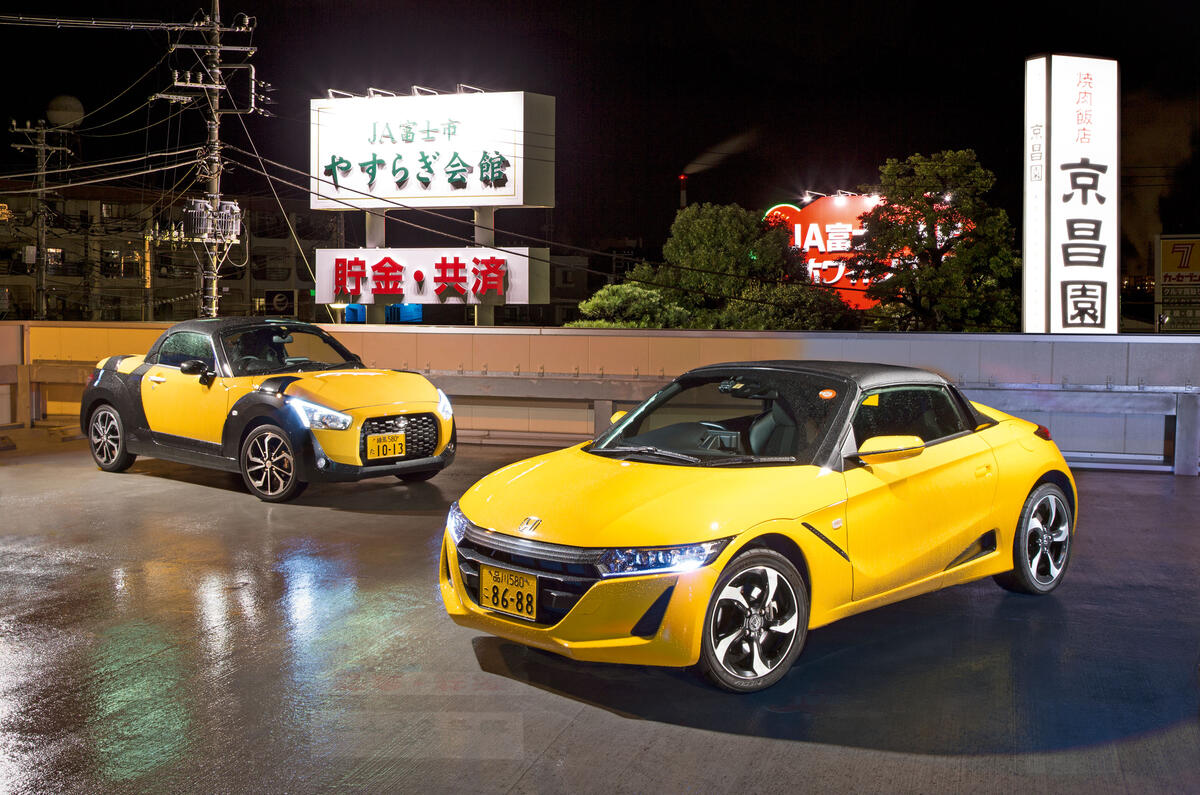
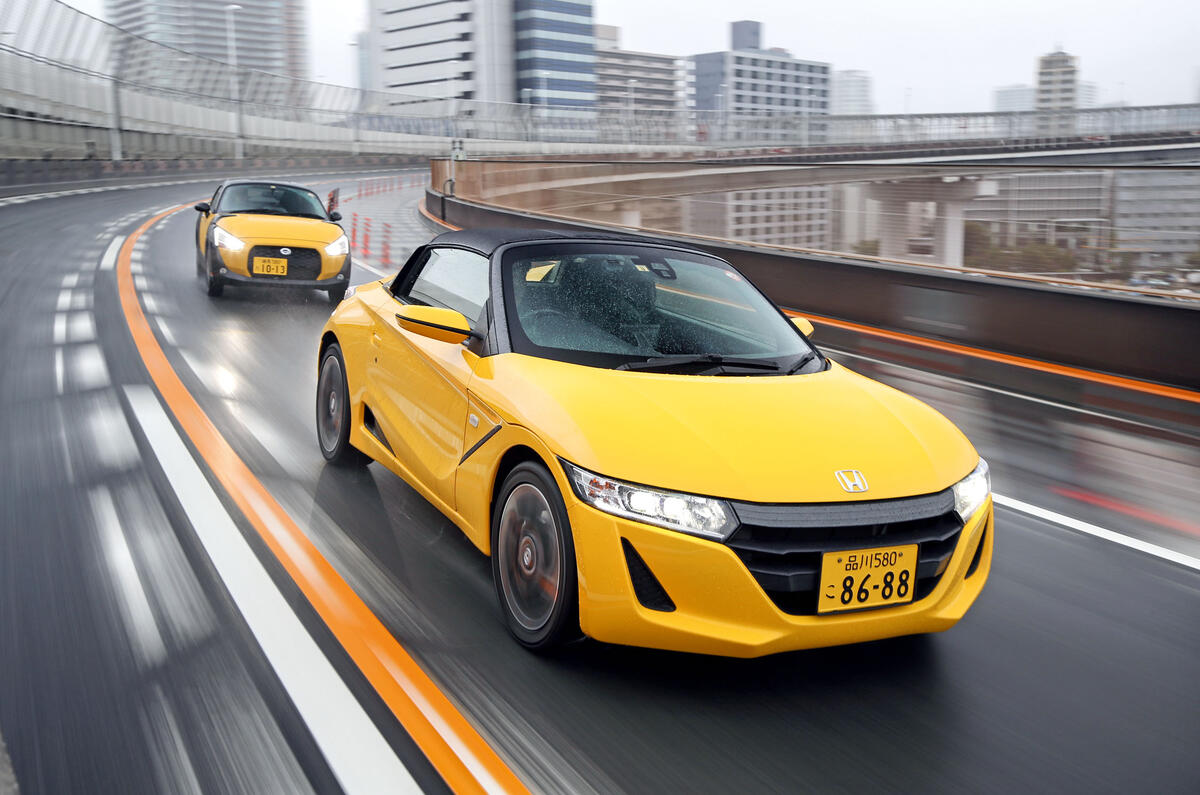
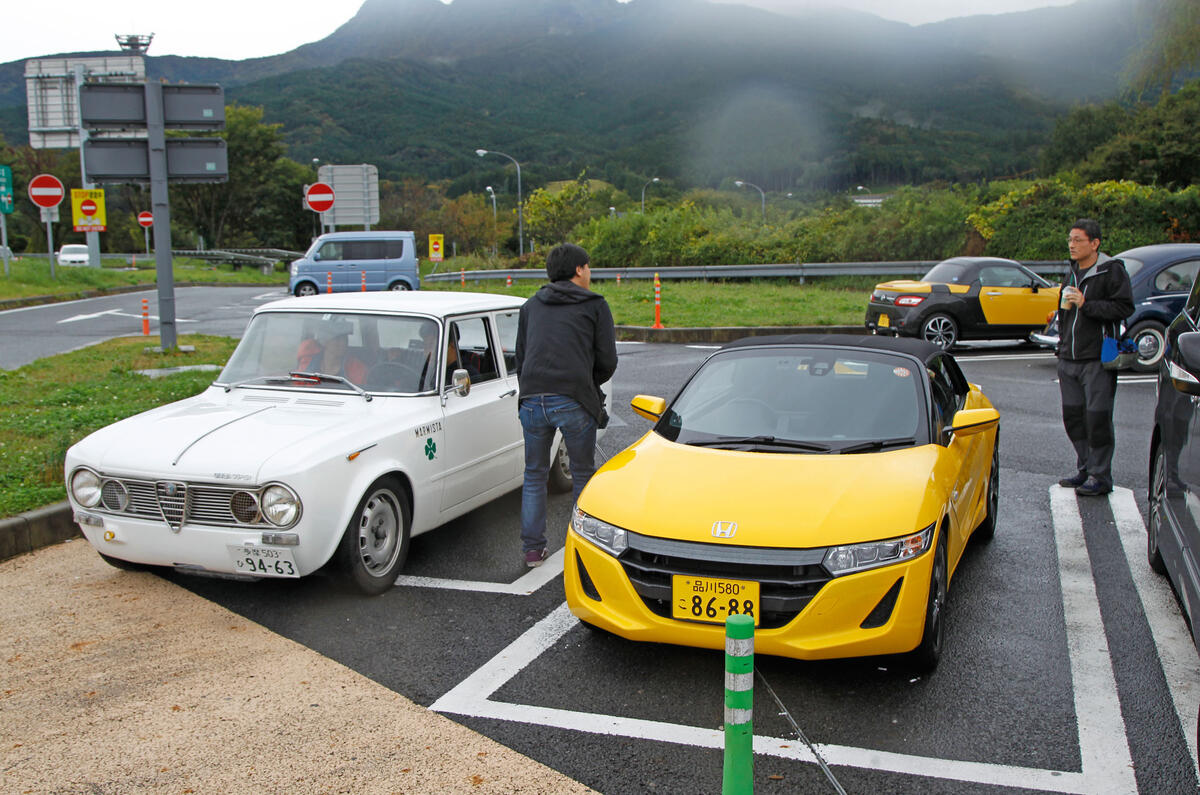
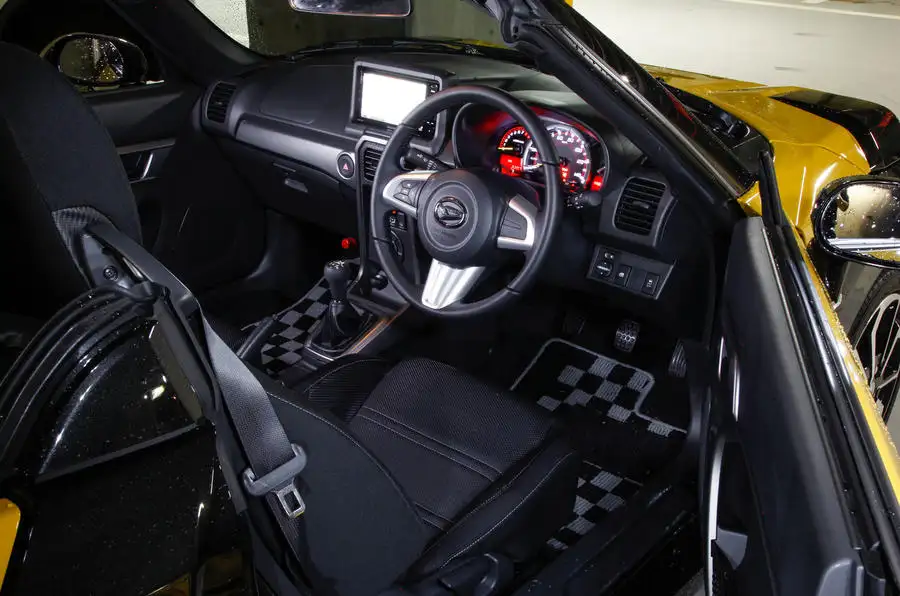
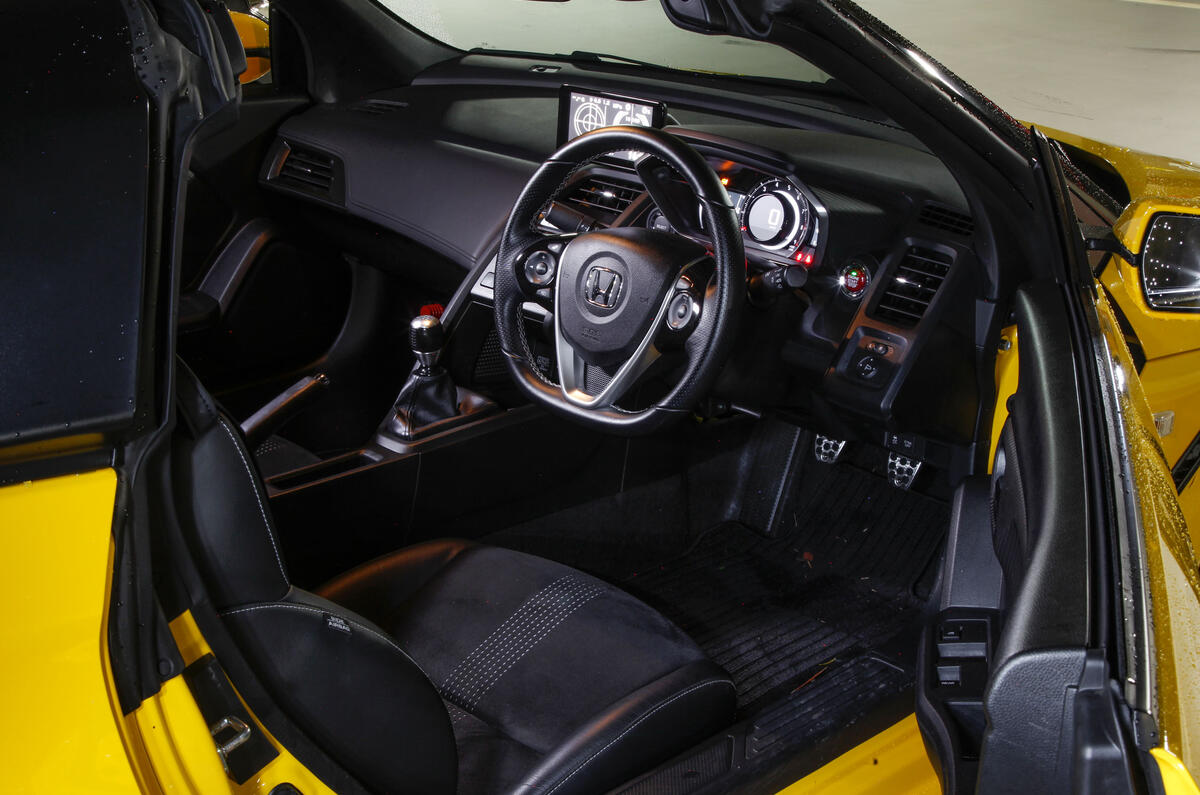
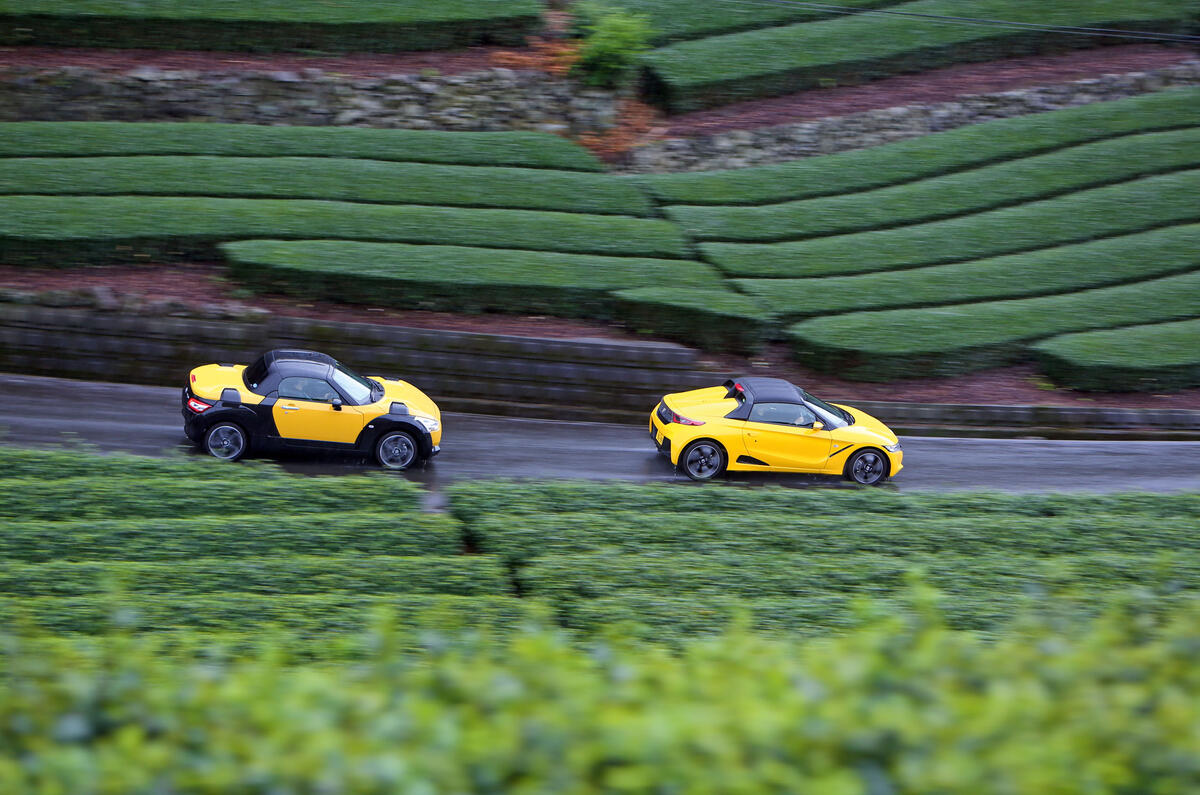
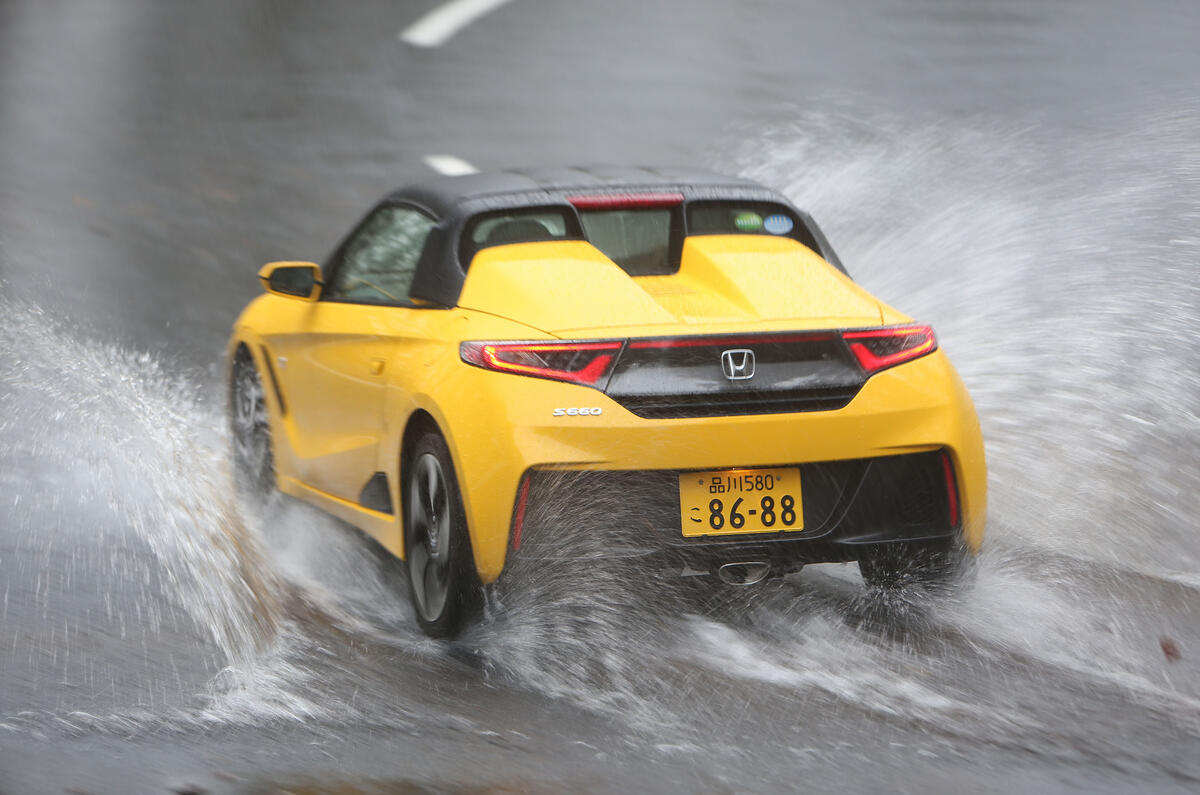
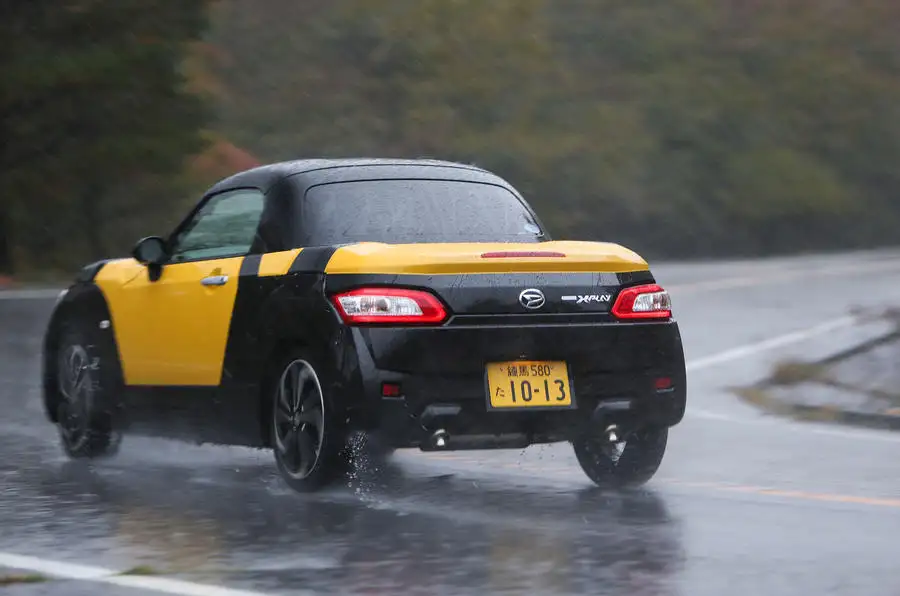
Nouvelles connexes


